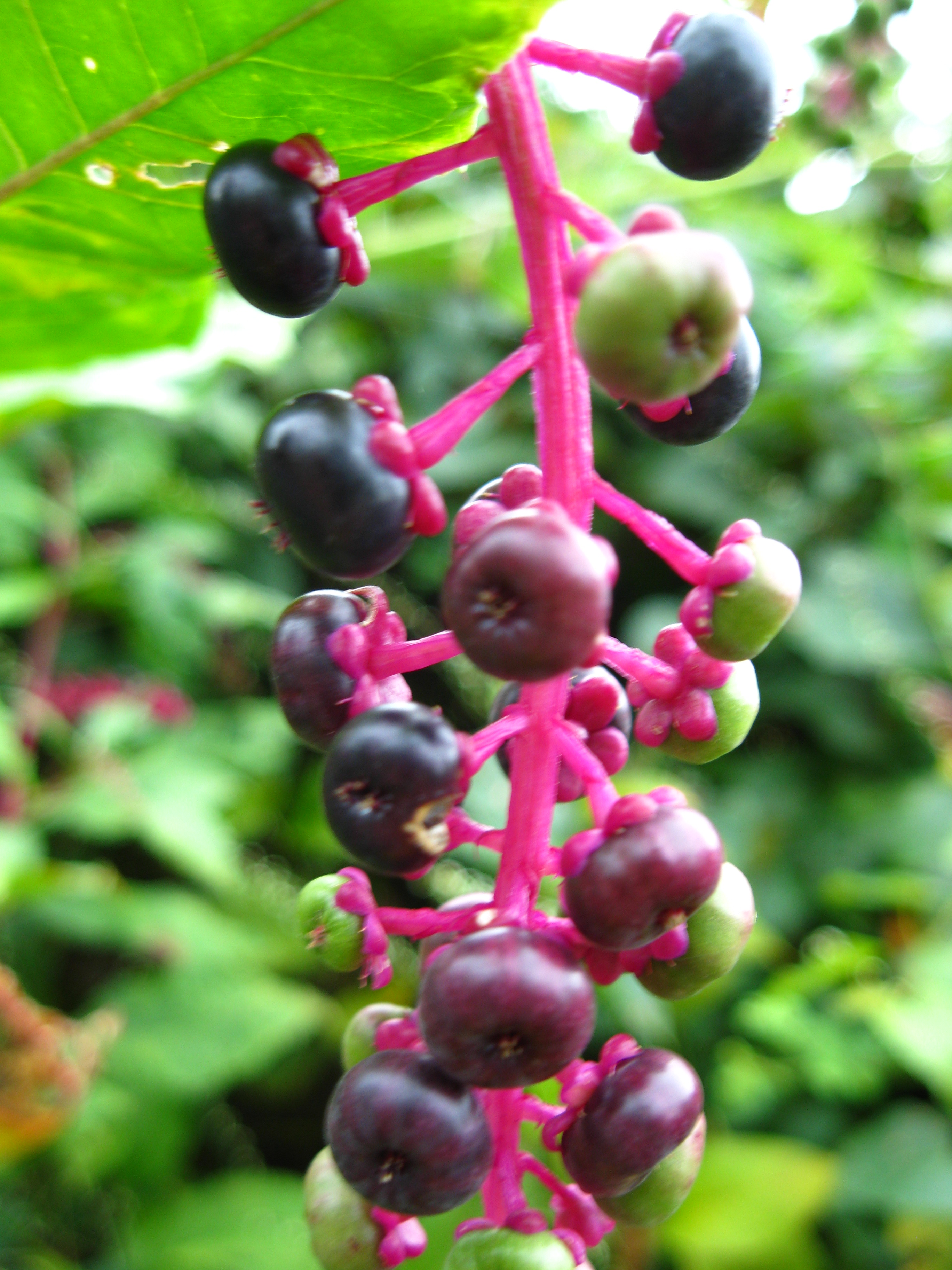
Medical toxicologist at NOW Foods, Sandra James-Yi, DVM, PhD, DABT, explained to me that “all plants contain oxalic acid, so the question becomes “how much.” It is common in a number of foods animals and people eat. It gives plants a tart or sour flavor.There are two separate issues to address:
- Insoluble calcium oxalate crystals. These are needle-like crystals in plant cells that –when released– pierce the tissues of the mouth and cause irritation.
- Soluble oxalates in plants are eaten, digested and get into the bloodstream. If the level of soluble oxalates in the blood is high, they can precipitate out of the blood by binding with calcium, and cause hypocalcemia, or low levels of calcium in the plasma. Ingested in large quantities over a long period, soluble oxalates can damage the kidneys. In extreme cases, it can be fatal. Soluble oxalate toxicity is generally one of quantity.
On the other hand, natural nutrition coach Janelle Hurst de Mazariegos, MS explained to me, “Bodies need oxalic acid, and if we don’t get enough through diet, it is synthesized from internally from excess Vitamin C. Oxalic acid comes directly from many super foods such as spinach, rhubarb, parsley, and other healthy dark leafy green vegetables, and many wild plant foods as well.”
Plants with high insoluble calcium oxalate crystals are never good to eat. But, the decision to offer plants with soluble oxalates is more nuanced. Animals’ digestive systems can adjust to some quantities of soluble oxalates if introduced slowly over time. Problems tend to occur when animals are suddenly exposed to forage high in oxalates and there are few other food options available.
A number of foods in this database are considered particularly high in soluble oxalates.
| Lambs’Quarters | Chenopodium spp. |
| Wood Sorrel | Oxalis spp. |
| Pokeweed | Phytolacca spp. |
| Purslane | Portulaca spp. |
| Dock | Rumex spp. |
So watch out for insoluble calcium oxalates. (In our database, one that shows up is Jack-in-the-Pulpit.)
Then think of plants with soluble oxalates as a treat or garnish, offered within an array of healthy food choices. And check with your veterinarian in any case where calcium issues are a large part of the patient management.
